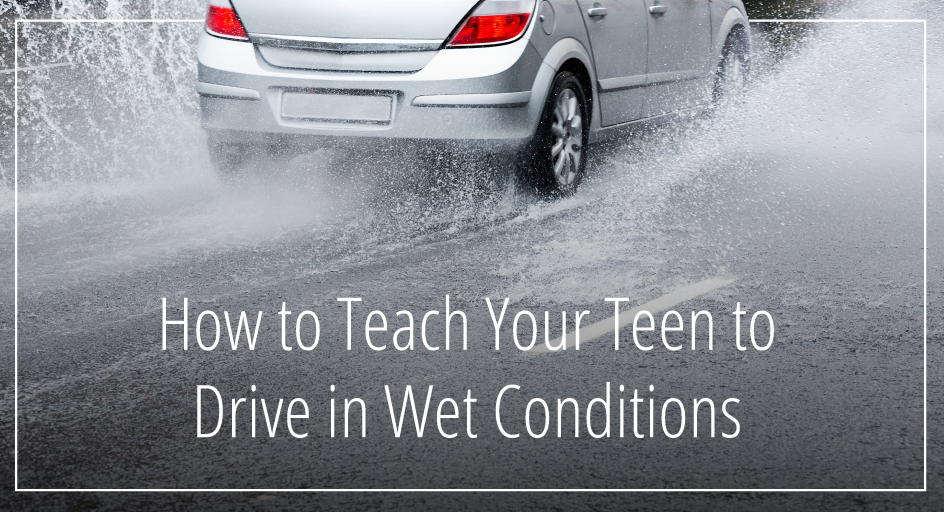
Every driver’s safety hinges upon their skill behind the wheel. If it is your first time training a teenager on how to drive in the rain, it’s a good idea to teach them everything they need to be aware of both before and during the driving session. Many of these are things that experienced drivers do on autopilot every time it rains, so it may be easy to forget to teach a young driver.
We’ve put together some important points for you to include in your training, so your teen doesn’t have any unpleasant surprises when he or she hits the road in the rain.
Before Hitting the Road: Know What to Check For
How Are the Tires?
- The car you have your teen driving probably has tires that are in good condition, but teach them how to measure a tire’s tread using a gauge anyway. When they’re out on their own, they need to know that a worn down tire doesn’t have enough tread depth to evacuate standing water from between the road surface and the tire. They should know how to tell when it’s time for a replacement.
- Also teach them how to check the pressure. Tires that have too much or too little pressure can lead to reduced traction, early tread wear, or tire failure.
How is Your Visibility?
- Show your teen how to check the quality of their windshield wipers. If they leave streaks across the windshield, they are probably old and worn down. Good windshield wipers are critical for being able to see clearly in heavy rain.
- Make sure your teen understands how important it is to run their headlights in the rain. Many experienced drivers still don’t abide by this rule of the road! Being seen by other cars is arguably one of the most important parts of driving in the rain. Show your teen how the daytime running lights, while useful, don’t activate the rear tail lights. Without rear tail lights, it can be difficult for other drivers to see your teen’s car in heavy rain, and their chances of getting struck from behind are increased.
On the Road: Things to Always Keep in Mind
- Slow down! Driving slower in the rain is crucial, especially when it hasn’t been raining for very long and the fresh water is mixing with slippery “road sludge.” A wet, slick road surface offers less grip compared to a dry surface, and braking distances can double.
- Teach your teen to use the air conditioner to keep their windshield from fogging up. The A/C dehumidifies the car and keeps the windows clear. If the A/C doesn’t work, tell them to crack the back windows to allow air to circulate.
- Make sure your teen understands how longer braking distances can really put them in danger driving in town or on the interstate. They should know to keep a further distance from the vehicle in front of them, so they have plenty of time to stop if traffic suddenly slows down.
- Teenagers can be nervous and use jerky movements while driving. This will improve over time, but make sure your teen knows that smooth steering inputs are paramount, especially in the rain. Jerky or rushed steering can cause loss of control on a slick road. Show them how important it is to always look far ahead and anticipate every action they’ll take on their journey.
Everyone was a new driver once, but it is evident by the amount of needless accidents that not everyone was properly taught. Rainy weather is one of the most dangerous conditions to drive in, but making sure that your teen is prepared and confident will give you both peace of mind and decrease their likelihood of getting in an accident. If your teen hasn’t started driving yet, make sure they’re prepared to legally hit the road with car insurance!